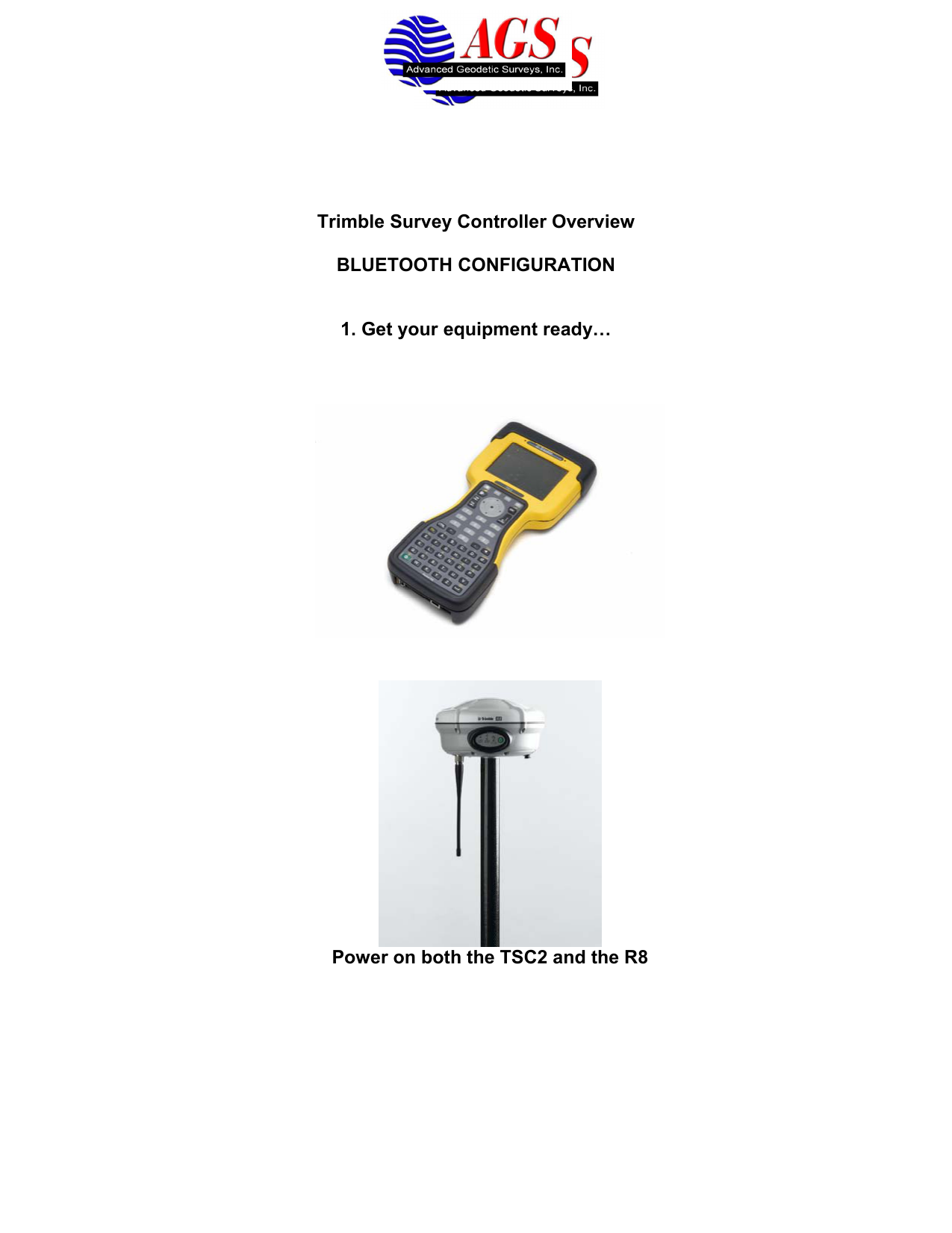

Instruments employed for these terrestrial surveys included Trimble DiNi levels and S9 total stations. More than 248 kilometers of precise leveling, supplemented with trigonometric leveling, was performed for the network of control and base receiver locations. The gravity model was refined from supporting surveys on the mountain and surrounding region.Ī total of 298 new gravity observations were performed over several years, with companion GNSS observations on each control point. While the Nepalese survey team’s GNSS observations on the summit will yield the height, the final orthometric elevation will be achieved by applying an updated gravity model. An additional reason to establish a new height for Everest is to determine whether, and by how much, the 2015 earthquakes in the region altered the mountain. A goal of the survey is to provide heights for both aspects of the peak. Many of the successive accepted heights for Everest have been to the top of the ice cap, which can vary seasonally by several meters. The team also used a compact ground penetrating radar (GPR) instrument to determine the distance between the top of the ice/snow cap on the summit and the highest point of solid rock beneath.

Several of the reference stations were Trimble NetR9 network receivers with Zephyr Geodetic antennas.
#Trimble survey controller help guide software
The static data (observations from GPS, GLONASS, Galileo and BeiDou) was post-processed using Trimble Business Center software together with observations from eight GNSS reference stations established as an active control network for the survey. The R10 recorded 1 hour and 16 minutes of GNSS observations. The only concern for the team on the final ascent was to keep the battery and spares warm. Its solid alloy housing withstands a 1-meter drop.

The IP67-rated R10 with internal battery weighs 1.12 kg (2.5 lb.) and operates in a temperature range of –40° C to +65° C (–40☏ to +149° F). During training and test observations before the ascent, the R10 had proven to be exceptionally reliable, with no malfunctions.Ĭompact size, light weight and durability were important factors for the receiver chosen for the summit observations. The R10 was configured to begin collecting observations on power-up. (Photo: Trimble)ĭue to the limited time window on the summit, they had essentially one shot at the GNSS observations. On the summit: Chief Officer Khim Lal Gautam, Survey Officer Rabin Karki, Sherpa Tshiring Jangbu, and the Trimble R10.


 0 kommentar(er)
0 kommentar(er)
